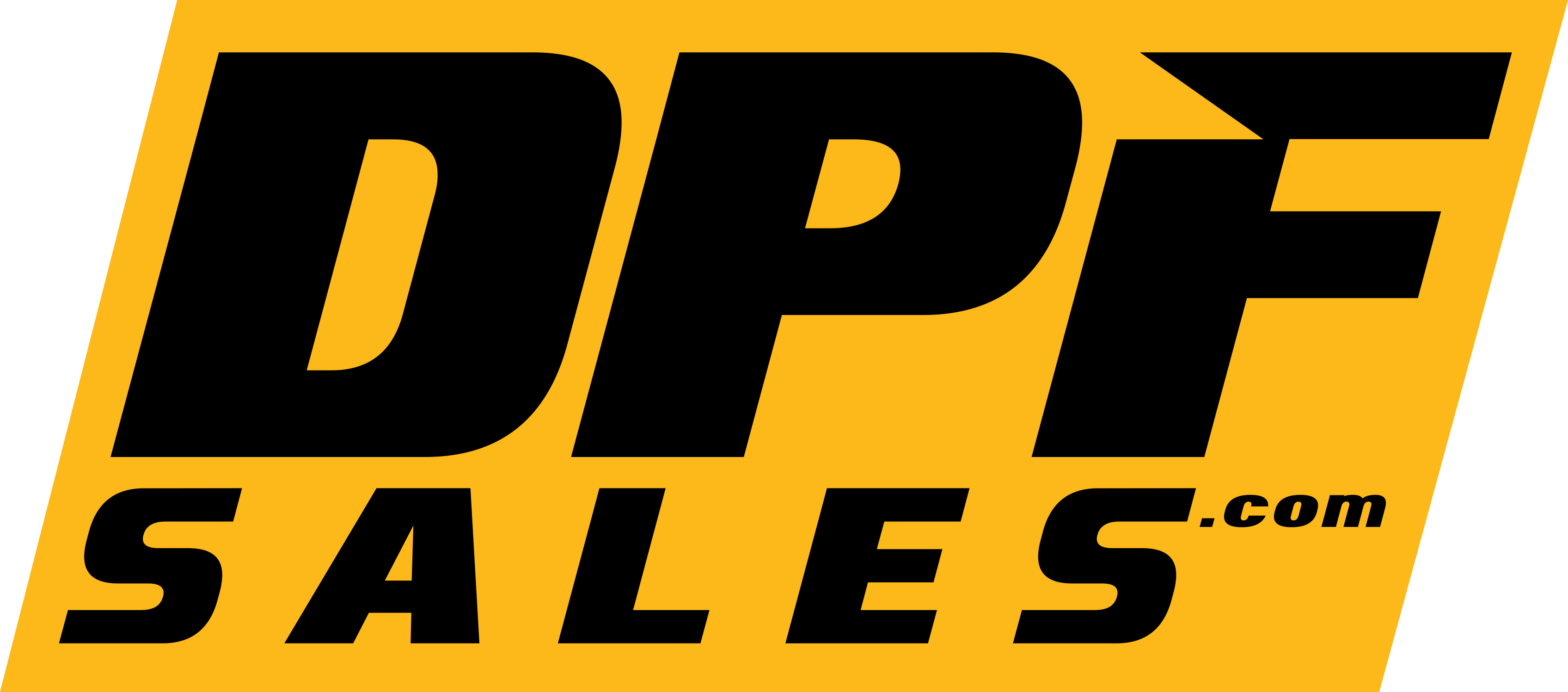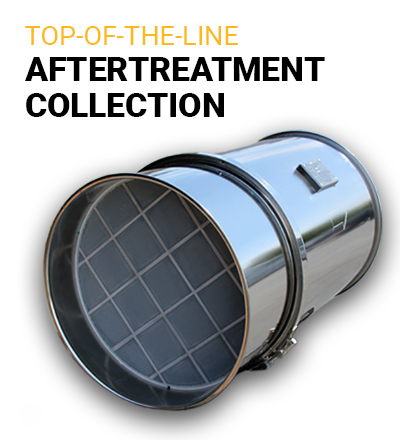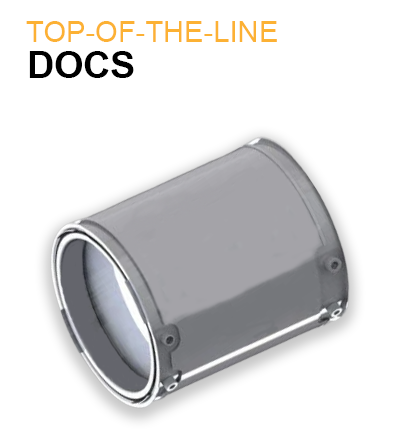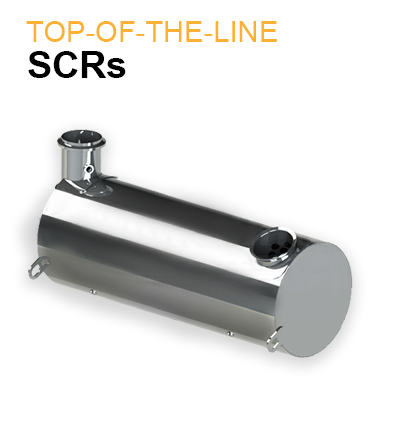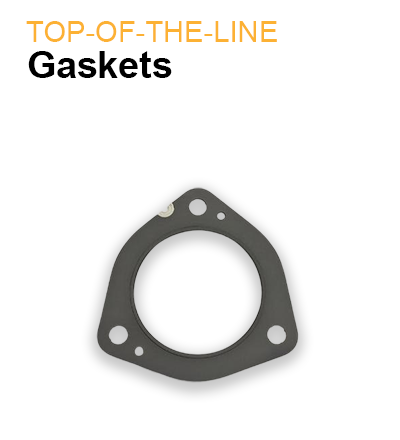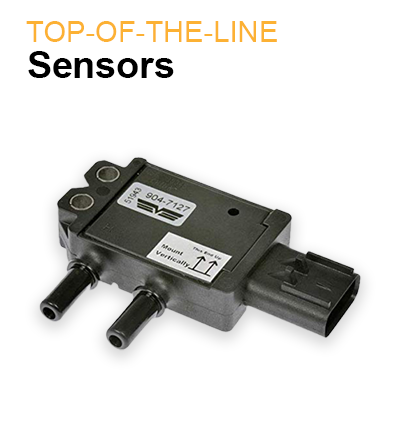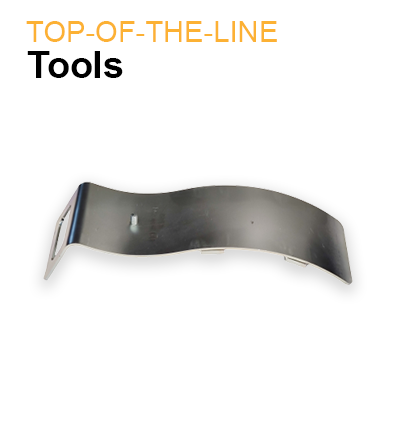
40 Ways to Reduce Truck Fleet Costs
TIRES
Properly choosing and maintaining tires can significantly affect lower fleet fuel expenses and extend tire life.
1. Develop a tire retreading program. Retreading existing radial ply tire casings can add an additional 120,000 miles per retread at about 35 percent of the cost of a new tire.
2. Poor alignment wears out tires as much as it cuts fuel efficiency. Check alignment on a regularly scheduled basis.
3. Check alignment under these special circumstances: if the truck has been towed; if unusual wear is noticed; and anytime tires are changed.
4. Make certain all tires installed are properly balanced. This will help eliminate wear and cab vibrations.
5. All tire valve stems should have a seal-type valve cap to protect tires from road dirt entering the stems and starting slow tire leaks.
6. Remember both underinflation and overinflation of tires will increase tire wear and reduce fuel efficiency.
7. Have drivers carry a pocket air pressure gauge to ensure proper tire inflation when they do their pre-trip inspection
DRIVER BEHAVIOR
The way drivers handle their trucks has a major impact on fuel economy. It pays to encourage drivers to adopt the most efficient driving techniques.
8. When starting a truck, don’t rev the engine. Let the engine warm up on its own.
9. When warming up the engine, take about 10 minutes to reach adequate operating temperature. Warm-ups longer than 10 minutes, except in subzero temperatures, simply waste fuel.
10. Run at the most fuel-efficient engine speeds.
11. Avoid idling whenever possible. If you leave your truck, shut it off. Just one half hour of excessive idling before or after a 100-mile trip can reduce mpg by about one-third.
12. Keep in mind an engine wears out twice as fast idling as under normal operation. One hour of unnecessary idling a day, over the course of a year, adds the equivalent of 26,000 road miles to an engine’s wear.
SPECIFICATIONS
13. When spec’ing vehicles, make sure all components—the drivetrain, tires, engine, and aerodynamics—are properly matched to maximize fuel efficiency.
14. Adding aerodynamic features to vehicles can be cost-effective. Rule of thumb: each 10-percent reduction in air resistance increases mpg by 5 percent.
15. When spec’ing a vehicle, be aware of the weights of the various components. Extra weight not only increases fuel consumption, but also cuts down payload.
16. Give careful thought to the way vehicles are painted and lettered. An attractive truck can serve as an excellent and cost-effective advertisement for your business.
MAINTENANCE
Preventive maintenance pays off by avoiding unnecessary and expensive repairs in the long run.
17. A preventive maintenance program is well worth the investment. It minimizes downtime, increases equipment lifespan, and saves fuel.
18. Winterize vehicles by checking cooling systems, tires, and electrical systems.
19. Don’t forget to service air filters frequently. Before every trip, drivers should look under the hood and check:
20. All fluid levels.
21. All hoses, lines, belts for tightness and fraying, and electrical wiring for fraying, cracks, and worn or burned spots.
MANAGEMENT
When more efficient operating methods come along, test them, and if they work, use them. Here are some proven suggestions your company might want to try:
22. Educate company drivers on the various ways idling can substantially raise fleet costs.
23. Create a driver training program with incentives to promote more efficient fuel use.
24. Start a company driver committee to discuss and offer cost-saving ideas to management with rewards for implemented ideas.
25. Computerized routing and scheduling are available to cut overall mileage.
26. Use computerized management reports to monitor fleet performance such as fuel consumption, maintenance costs, driver productivity and total cost per mile.
27. Know the vehicle’s operating costs per mile.
28. Driver-assistance hiring programs that explain mandatory drug testing and CDL requirements result in better hiring practices.
SAFETY
Take a look at the factors affecting your fleet’s safety. This can save not only money, but also lives.
29. Keep the entire truck clean—the engine compartment, the drivetrain, the frame, the axles, and other undercarriage components—to improve visual inspection in all areas.
30. To reduce sick time and workers’ compensation claims, hold a back-injury prevention seminar. Back injuries are the most common, but preventable, worker-related injury among truck drivers.
31. Develop a professional driver safety program to reduce accidents, citations, and insurance premiums.
32. Provide drivers a training seminar on safe winter driving techniques.
33. The Federal Highway Administration conducts safety reviews and assigns safety ratings. Keep all safety program paperwork in order.
Here are steps a driver can take to improve his or her physical safety:
34. Perform pre-trip inspection the same way every time. Establishing a routine prevents oversights.
35. Make sure drivers always carry: spare electrical fuses, three red reflective triangles, properly charged and rated fire extinguishers, and extra headlamps and light bulbs.
36. When checking wheels, look for rust around lug nuts. This may indicate they are loose.
37. On wet, icy, or snow-covered roads, it is best not to use an engine retarder. Engine retarders can cause the truck to go into a skid.
38. Remember that empty trucks take longer to stop than heavier trucks because there is less friction between the tires and the road surface.
39. If the road is wet, stopping distance is doubled, so reduce speed by one-third. On snowy roads, reduce speed by one-half. On icy roads, slow to a crawl and stop as soon as it is safe to do so.
40. For a more complete list of driver safety precautions, contact your regional Department of Transportation office.
Original Article Courtesy of: Work Truck Magazine (http://www.worktruckonline.com/article/story/2007/07/40-ways-to-reduce-truck-fleet-costs.aspx)
